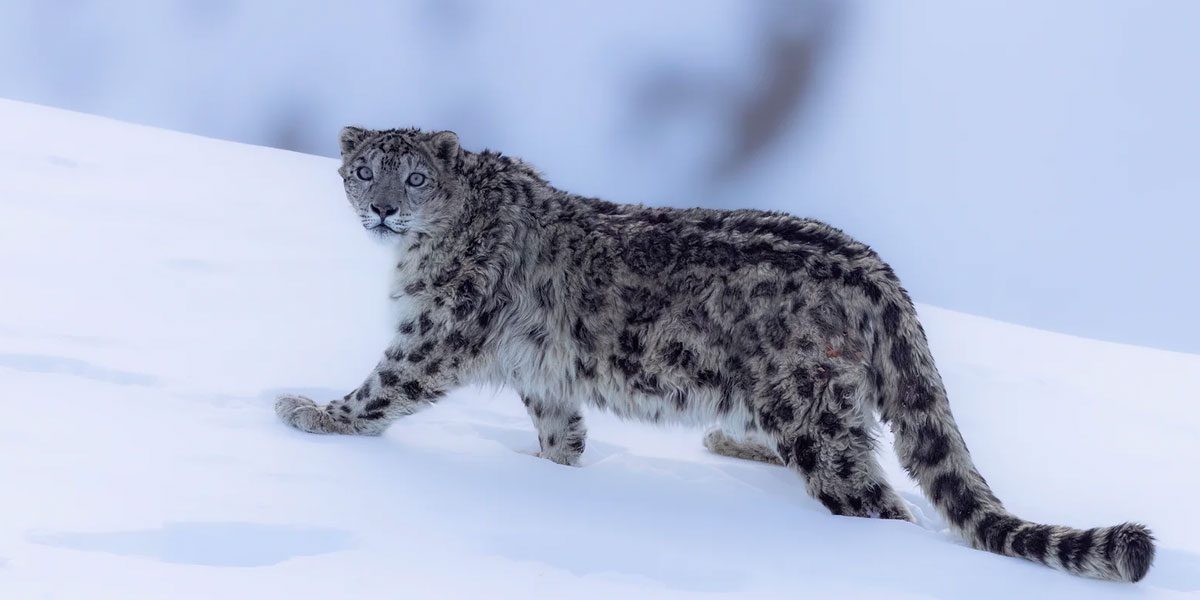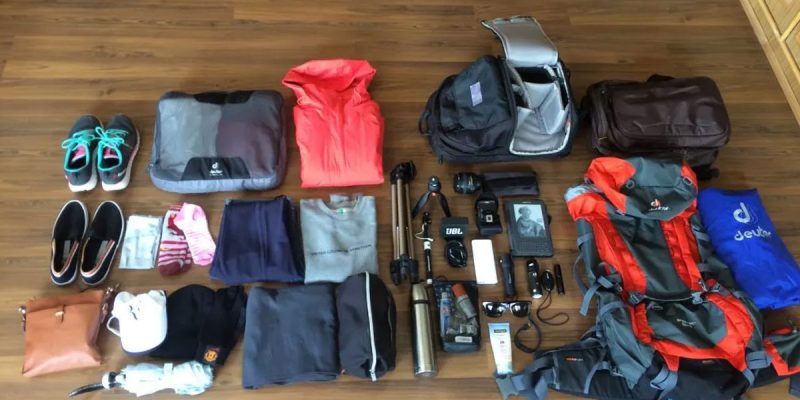Snow Leopard Expedition
- Home
- Snow Leopard Expedition
Snow Leopard Expedition

Imagine arriving in the stark, windswept landscapes of Spiti Valley—an otherworldly cold alpine desert encircled by snow-draped peaks. Nestled at altitudes between 12,000 and 16,000 feet, the heart of your journey begins in Kibber village, gateway to the Kibber Wildlife Sanctuary—the area where an estimated 25–30 snow leopards roam among rugged cliffs and rocky crags. In the dead of winter (December through March), these “ghosts of the mountains” descend to lower elevations alongside their prey—blue sheep, Himalayan ibex, and other fauna—creating rare sighting opportunities.
Days are spent trekking through bone-chilling cold (temperatures plunging below –20 °C), moving in silence with trackers and local herders as they scan paw prints and scat across snowy slopes. You settle at vantage points at first light and dusk, waiting patiently with binoculars and cameras, breathing in the eerie stillness while scanning the cliffs for movement. Then, sometimes unexpectedly—a blurred silhouette atop a ridge, a thick tail curled, eyes meeting yours across a valley. The view is fleeting yet profound: an adult snow leopard, or perhaps a mother with cubs, blending seamlessly with the grey-rock backdrop and dusted snow.
This expedition transcends mere wildlife spotting: it’s a bridge between spiritual stillness, community conservation, and Himalayan tradition. Nights in homestays, warm meals with locals, and conversations about predator-protection programs ground the wild encounter in real-world purpose. If you succeed in seeing the snow leopard—often after days of being “prepared not to”—it becomes an unforgettable moment you bear with you long after the ice has melted.
Our Snow Leopard Photo Expedition
Kibber Wildlife Sanctuary
” Kibber Wildlife Sanctuary is the only cold desert in all of India, at a height of 14,200 feet above sea level. This spell binding village is situated in the Spiti valley, which means “ the middle ground” as it connects Tibet and India. The sanctuary encloses the fertile lands around the banks of the Spiti River in Himachal Pradesh and boasts distinct and rare wildlife every year. This spectacular destination is specifically known for snow leopard expeditions, a rare experience. Surrounding the icy desert, several quaint villages, monasteries and snow-capped mountains are scattered. An exodus to these cold lands is guaranteed to offer you sights of some unique animals of the mountains, dewy landscapes. “
Planning Your Expedition
Best time to visit Spiti for snow leopard expeditions: Late January, the whole of February, and early March. The animal usually comes down to the lower altitudes looking for fresh water and food. But the temperature drops well below – 20 degrees Celsius. If you are having a tough day, it can even drop to – 35 degrees Celsius along with severely lower oxygen levels. This type of weather condition plays tricks with your mind and body. It tests our limits, pushes us as human beings and we often rely on our primal survival instincts to kick in and keep us safe.
So, finding a very good local guide is probably the most important piece of this whole puzzle. A team of trackers/spotters and porters are required. Then there are permits and fees. I will link up a few resources that I would highly recommend at the end of this blog post. You can head over to their profiles and connect with them directly. They are great local guides and trackers themselves, who have a deep knowledge of the terrain and the wildlife around.
Best Time to See Snow Leopards in Spiti
The snow leopard Spiti are majorly spotted in the high-altitude mountains of South Asia and Central Asia. Also, during the months of January to February, there is heavy snowfall which makes these animals come downwards to hunt for other animals and there are more chances to witness and have a snow leopard tour in Spiti Valley.
But, you should know that it is difficult to trace them because of the higher mountain ranges. So, you need to be aware of the time of the snow leopard trek Spiti. When you come to have a real adventure, it never stops because you also get to witness other rare species like Blue sheep, Tibetan Wold Red fox, Golden eagle, Siberian Ibex, and many more.
But if you get to witness the snow leopard in Himachal Pradesh, it is truly magical and amazing to see it with utmost happiness. So, if you really want to start your Snow Leopard trek Spiti, make sure to do in these two months – the best time to see snow leopards in Spiti!
Important Things to Carry on the Snow Leopard Expedition

Here are the things to know when you want to witness snow leopard in Spiti Valley. So, let’s get started with the list.
- Track Pants, woolen clothes, pullovers, and warm hoodies are very necessary
- Trekking shoes or boots
- Dry clothes, woolen socks, and towels.
- A raincoat, windcheater, or windproof jacket.
- 2-3 pairs of inner warm thermals.
- Personal toiletries, first aid kit and medications
- Flashlight, sunglasses, and sunscreen
- DSLR Camera
- Backpack and water bottle
- Hand sanitizer
Frequently Asked Questions (FAQS)
A: Yes, there are snow leopards in Spiti Valley. It’s one of the best places in India to see them in the wild, especially during winter when they come closer to villages in search of food.
A: You can see snow leopards in Spiti Valley mainly around villages like Kibber, Chicham, and Langza. These areas are high up in the mountains and are known for frequent snow leopard sightings, especially in winter.
A: The best place to see snow leopards is in the Himalayan regions of India, especially Spiti Valley in Himachal Pradesh and Ladakh in Jammu & Kashmir. These areas have the right climate and terrain where snow leopards live and can sometimes be spotted during winter.
A: A snow leopard expedition in Spiti Valley usually costs between ₹40,000 and ₹1,75,000 per person. The price depends on the length of the tour, the group size, and the level of comfort
